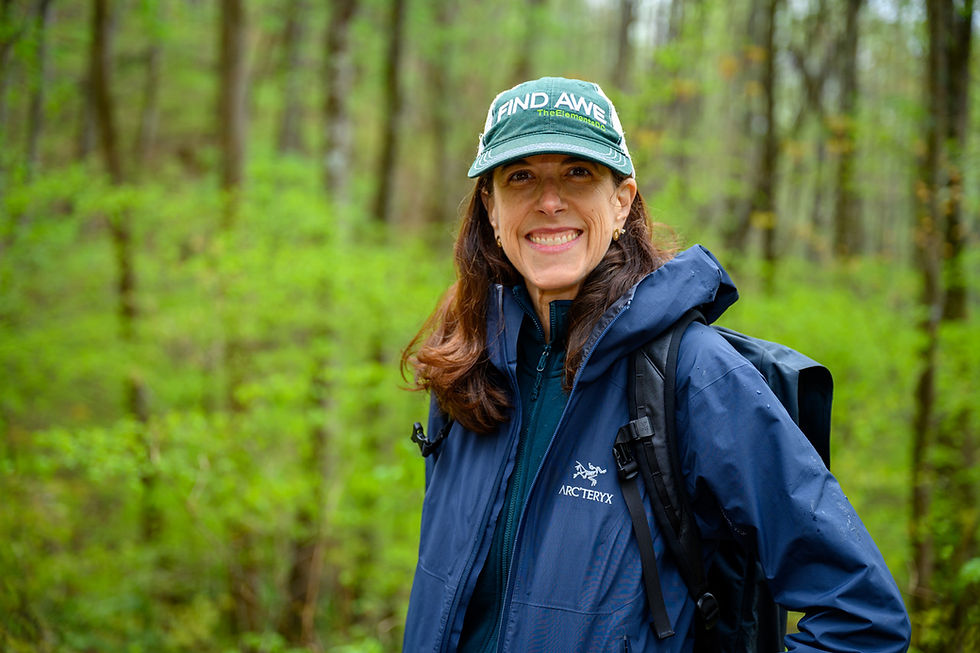Time in Nature is the real “Smart Drug” Children Need
- hikingresearch
- Nov 7, 2012
- 2 min read
Many children and their parents are looking for ways to increase academic performance to prepare for college admission and a future career. This pursuit often ends in seeking “smart drugs” such as Ritalin or Adderall to improve concentration. Even adults without symptoms of ADHD are now taking these drugs to work longer hours.

Olympic National Park, Washington (USA) Photo by Mark Ellison
The current trend is to medicate children, not considering that changing the environment where they spend their time could have more positive health consequences. Children are often in places full of artificial stimulants including video games, television, music, smart phones and other devices that grab attention. Replacing this with time in nature can have positive health outcomes.
The Natural Learning Initiative led by Dr. Robin Moore, a professor in the landscape architecture program at North Carolina State University, is helping to educate about the positive health benefits of children spending time in nature. The purpose of this initiative is to promote the importance of the natural environment in the daily experience of children, through environmental design, action research, education, and dissemination of information. One of the intriguing developments of this movement is the creation of natural play areas that encourage the use of creativity and imagination, as well as longer and richer play experiences in a natural setting. Reedy Creek Nature Preserve in Charlotte, NC recently added one of these play zones.
Research is now revealing that time in nature reduces symptoms of ADHD in children. The Landscape and Human Health Laboratory (LHHL) at the University of Illinois is a multidisciplinary research laboratory dedicated to studying the connection between greenery and human health. Recent research at LHHL has found that nature has a calming and restorative effect on children and adolescents with ADHD, reducing symptoms and having a positive effect in cases where other treatments offer only limited help. The lab continues to research in this area and is currently examining the effects of schoolyard nature on children’s learning and academic achievement as reflected in standardized test scores.
Innovative programs are needed to get children and families in nature. An example of this is the Kids in Parks Program developed by the Blue Ridge Parkway Foundation, which is helping to get families out on nature trails. The mission of this program is to promote children’s health and the health of parks by engaging families in outdoor adventures that increase physical activity and foster a meaningful connection to the natural and cultural world.
Another program, sponsored by The Children and Nature Network, is the “Lets G.O.!” (Get outside) initiative in April 2013 designed to get people out into nature.
All of this aligns with The Child’s Right to Nature and a Healthy Environment Initiative which states that every child has a right to connect to nature in a meaningful way; that every child has the right to be prepared and equipped to help address environmental challenges; and a right to a clean and healthy environment.
We have a responsibility to preserve natural areas so that the next generation can experience the beauty and health benefits that are associated with it. This is especially important for children who grow up in inner city environments, with no access to nature. How can you help to get children out in nature more?








Comments